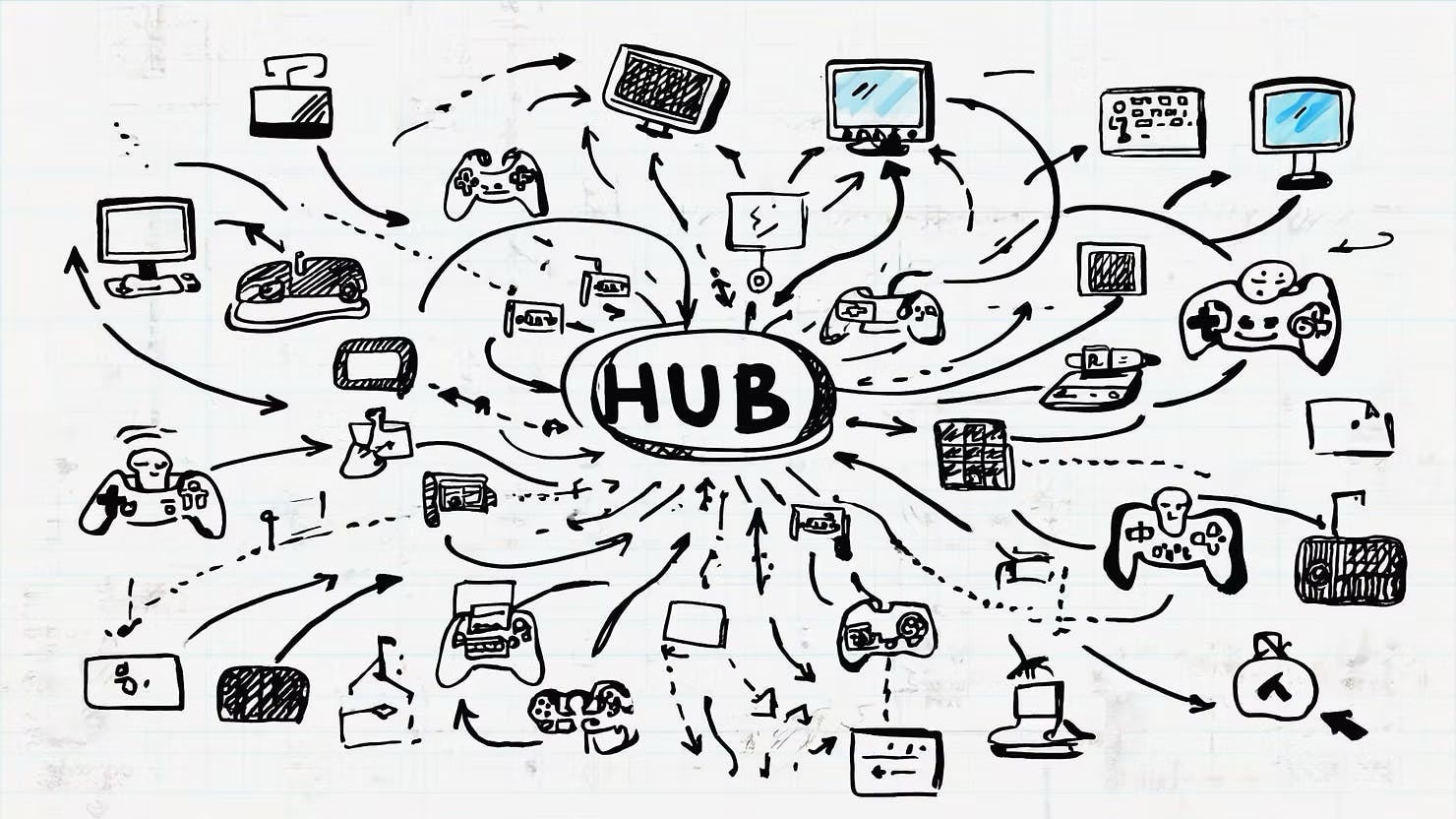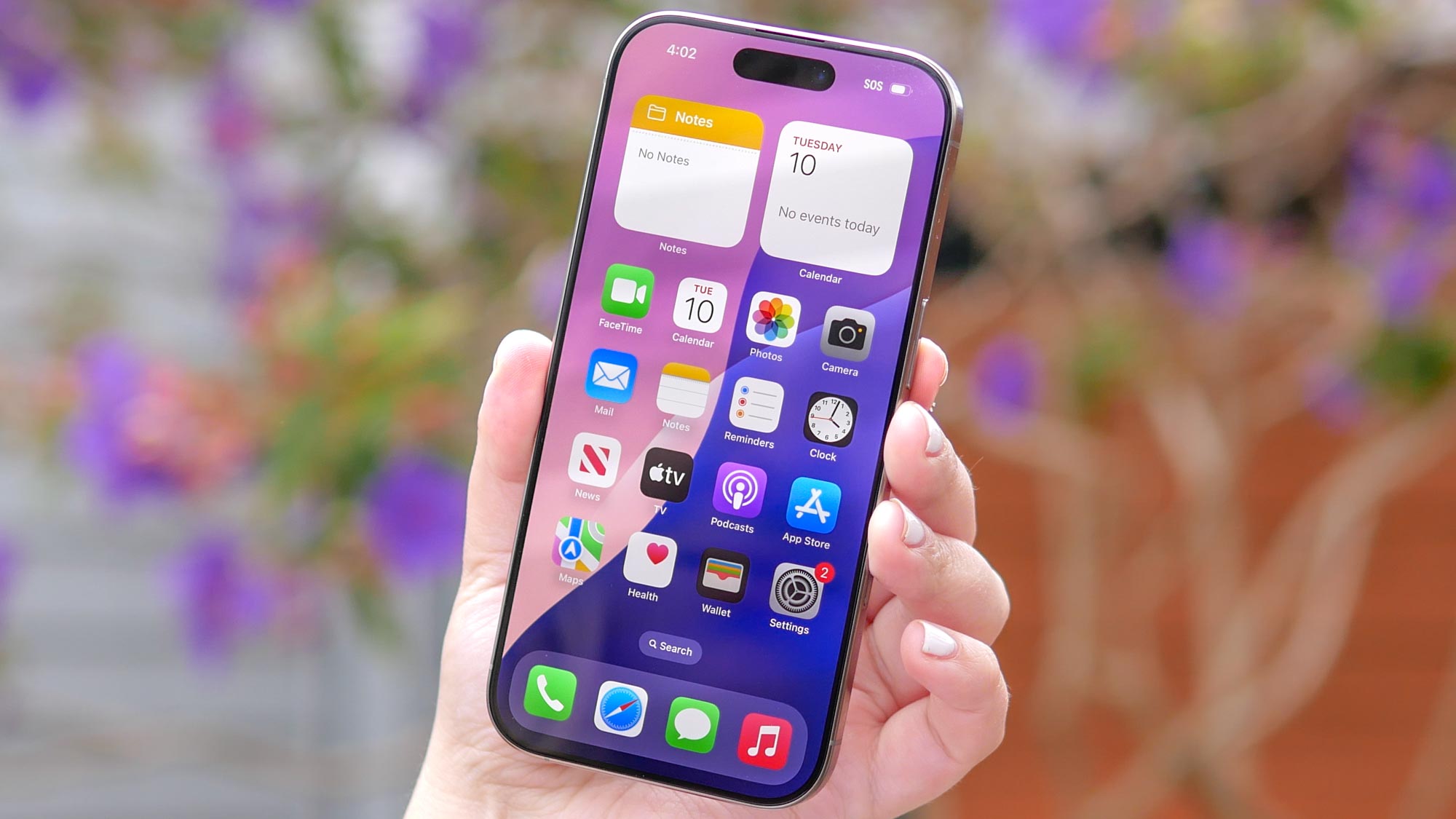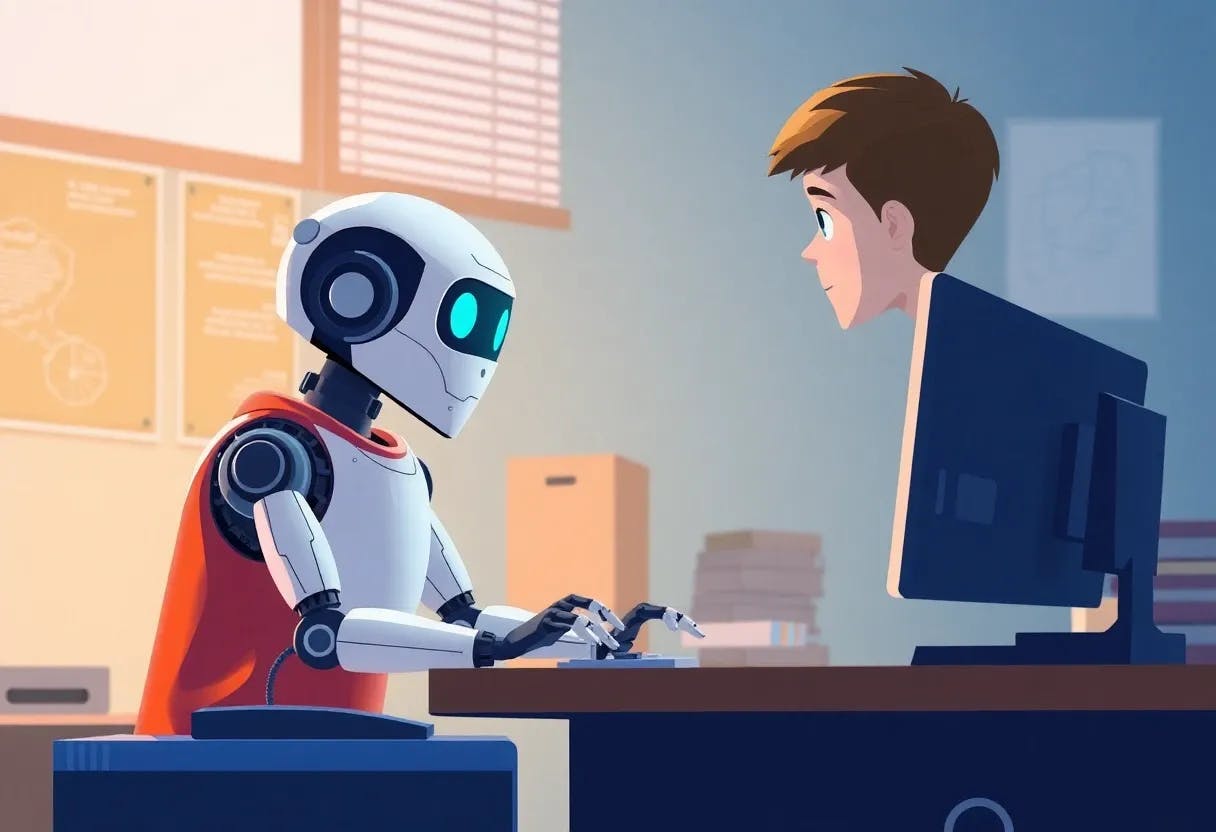High-Quality Games Are Getting Lost
In the past few years, the gaming industry has seen a tidal wave of investment. Tens of billions of dollars have flowed into studios and publishers—more than ten times the historical average. The result is exactly what you’d expect: an explosion of high-quality content.
From 2019 to 2023, the number of games released on Steam nearly doubled, reaching over
Despite the surge in funding and quality, most games are quietly slipping through the cracks. I meet founders all the time whose launch strategy is no deeper than: *“We’re making a great game and putting it up on Steam Early Access.”*That’s not a go-to-market strategy—that’s wishful thinking.
We’ve Seen This Story Before
In the early 2000s and throughout the 2010s, Hollywood studios kept doubling down on blockbuster content—fund content, release in theaters, repeat. The assumption was that the better the content, the better the outcome. Then Netflix changed the game. They didn’t just create shows. They changed how audiences discovered and consumed content. It was a new distribution model: personalized, frictionless, on-demand access to content, delivered over the internet, bypassing movie theaters entirely. Today, nearly every major player from Disney to HBO follows that same model. Content still matters, but distribution is what changed the industry.
The same happened in music. Record labels used to control everything through their artist rosters. But Spotify, YouTube, and later TikTok shifted the power. They didn’t make music—they just made it easier to access and share. Today, artists break through because of those platforms. Labels that once owned the pipeline now find themselves negotiating with it.
Gaming is following the same arc. Incredible content, saturated channels, and a growing realization that discovery—not quality—is the real bottleneck.
Distribution Is the Bottleneck
We’re not short on great games. We’re short on new ways to make people care.
Steam saw more than 40 games launched a day in 2023. Mobile app stores are even more saturated, with over 1,000 apps published daily. Discovery hasn’t kept up with the flood of content. It’s been overwhelmed by it.
Steam has added curators, tags, and algorithmic feeds, but most releases still sink within days. Mobile stores are worse—prime real estate is dominated by paid ads, and organic discovery is nearly nonexistent. There’s simply too much content, not enough visibility, and no efficient way to rise above the noise unless you pay your way to the front.
This saturation is not just a discovery problem—it’s an economic one.
Apple’s ATT rollout in 2021 disrupted mobile user acquisition overnight.
At the same time, most games don’t make money. But it’s not always because the games are bad—it’s because they’re invisible. On Steam,
There’s no middle class. Big-budget games and breakout hits get all the attention. Everyone else fights for scraps. The end result is the “rich get richer.”
Indies can’t afford to brute-force their way into visibility. They can’t outspend or outmarket incumbents. And yet most studios still rely on the same tired playbook: launch on Steam, pay the platform tax, hope the algorithm works. That’s not a strategy. It’s a gamble (tho, once in a blue moon, the algorithm favors an indie and it breaks out).
Distribution is not a side task—it’s the real product challenge. And it’s the one thing this industry hasn’t meaningfully rethought.
The Shift Has Already Started
Some companies aren’t waiting for better distribution. They’re building it.
Epic didn’t just launch a hit game—they turned Fortnite into a platform. With UEFN (Unreal Editor for Fortnite), developers can now build games inside Fortnite using AAA tools, publish instantly, and tap into a built-in audience of millions. Discovery and monetization are integrated. The friction is gone.
Roblox took it even further. It’s a closed-loop system where content and distribution live in the same place. Creators build games, users discover them, and both sides benefit. What makes Roblox especially interesting right now is this: distribution is ahead of content. The platform has reach. It just doesn’t have enough standout experiences. For developers, that’s an opportunity to succeed not by out-marketing the competition, but simply by building something better.
Other players are entering the space from the edges. YouTube is embedding games directly into its platform. Discord lets users play inside servers. Netflix now offers games alongside its shows. Even Telegram supports native games through mini-apps. All of these are experiments in rethinking where and how games are discovered.
And then there’s the web.
The open web is becoming viable again—not just for casual games, but for real, session-based experiences. There’s no platform tax. No gatekeepers. No approval queues. A single build can reach anyone with a browser. For developers, that’s freedom. For players, it’s one click away.
We’re starting to see early signs of this shift. BAPBAP built an early fanbase in 2023 through a web version before launching on Steam, fueling thousands of installs on day one. Hero Wars took the same path years earlier—starting on the web, then expanding to mobile, where it surpassed 150 million installs and $1.5 billion in revenue.
But most developers are still funneling their games into the same overcrowded storefronts—fighting over the same algorithms, the same paid installs, and the same limited real estate. It’s time to shift that energy. Instead of competing in the same narrow lanes, the opportunity is to explore new ones. Go where users already are. Build for the platforms that actually enable discovery. Let distribution shape your strategy—not follow it.
The future won’t be defined by who builds the best-looking game. It will be defined by who rethinks the path to finding it.












